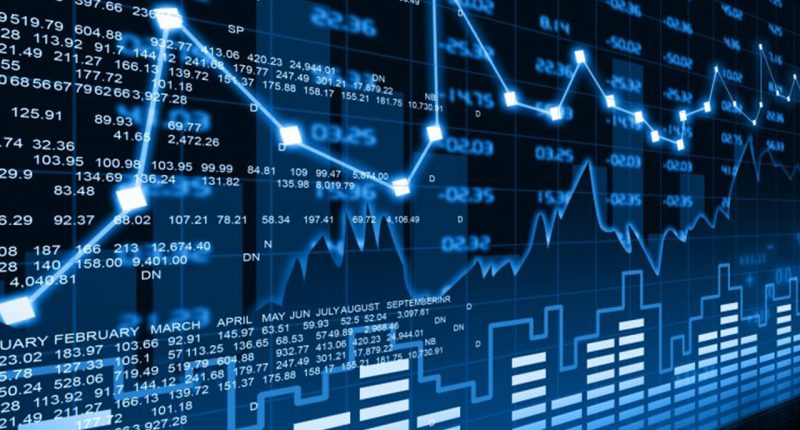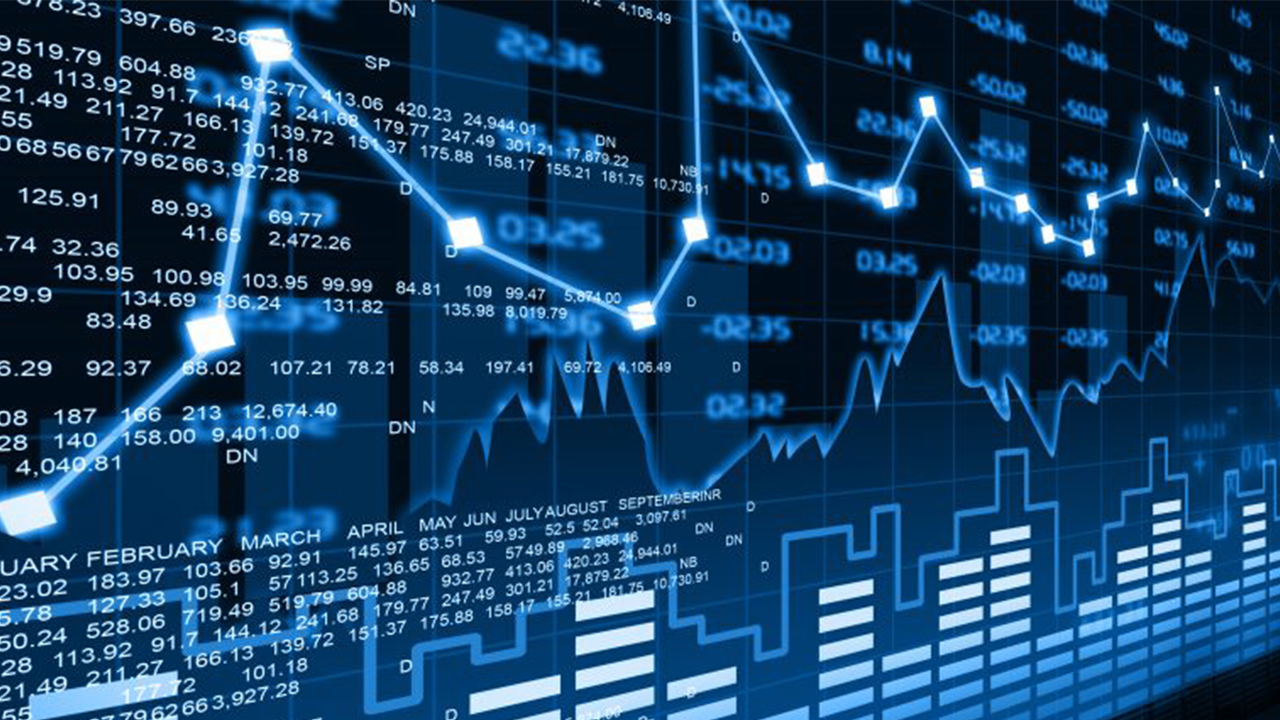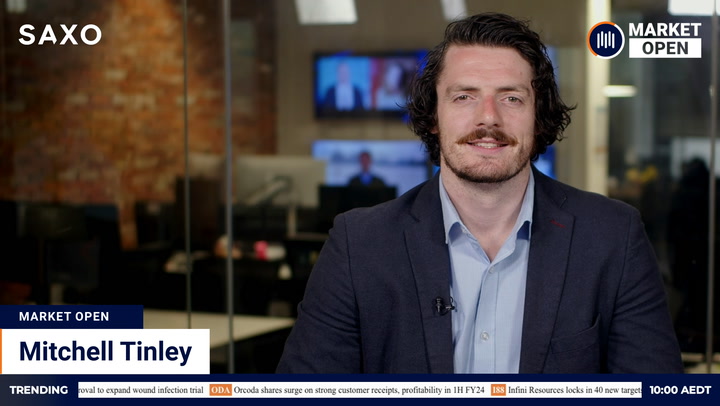The September downtrend for Australian stocks looks set to resume after a sharp reversal on Wall Street doused yesterday’s fleeting burst of optimism.
ASX SPI200 index futures skidded 55 points or 0.9 per cent, signalling the market will unwind more than a third of yesterday’s 140-point surge at today’s open.
US stocks tumbled overnight, shedding more than 2 per cent amid concerns about a stimulus stalemate in Congress slowing the economy at a time when coronavirus cases are rising in Europe and parts of the US.
Gold slumped to a two-month low as gains in the US dollar depressed metals and iron ore. Oil finished near flat.
Wall Street
US stocks suffered another downleg as a broad sell-off overwhelmed Tuesday’s advance. The S&P 500 slumped 79 points or 2.37 per cent. The Dow Jones Industrial Average gave up 525 points or 1.92 per cent. The Nasdaq Composite shed 299 points or 2.73 per cent.
“Investors are being whipsawed by conflicting Covid headlines and the growth vs cyclical debate,” Adam Crisafulli of Vital Knowledge told CNBC. “The result is sentiment souring on both growth and cyclical for the moment (which obviously means stocks are for sale broadly).”
All 11 US sectors declined, with falls ranging from 4.6 per cent for energy stocks to 1.1 per cent for the health sector. The technology sector dropped 3.2 per cent as Apple, Amazon and Netflix declined more than 4 per cent. Tesla tumbled 10.3 per cent.
Investors were troubled by signs a rebound in the economy may be cooling while Americans await a second coronavirus relief package. Preliminary measures of services and manufacturing activity for this month both eased. Federal Reserve Chair Jerome Powell reiterated a call for Congress to provide more support.
Glenn Hutchings, Chairman of North Island, described the stimulus stalemate in Congress as a “very significant issue”: “We can’t get another stimulus package, which we clearly need, which both sides think we need, which the airline CEOs say we need, which labour leaders say we need, people who are mayors and governors say we need. There’s a fair amount of debate about how big it should be, how it should be targeted, but there’s nobody saying we can’t have it and we don’t need it and we’re not going to have it because of the politics of the season we’re in right now.”
Australian outlook
What a difference a day makes. The S&P/ASX 200 surged 140 points or 2.4 per cent yesterday amid a burst of optimism about the re-opening of state borders, falling coronavirus rates and speculation about another rate cut next month. All 11 sectors fired higher.
“I haven’t seen a session where every sector was up over 1% in a very long time,” Carl Capolingua, Market Analyst at Think Markets, said. “It was a very big, very broad-based rally. Nine stocks in the ASX 200 were up for each stock that fell. That’s impressive.”
The question for local investors is whether yesterday marked a turning point when the improving domestic outlook encourages the ASX to break its slavish pursuit of Wall Street this month. A dire September has pulled the Nasdaq down 9.7 per cent, the S&P 500 7.5 per cent and the Dow 5.9 per cent, By contrast, yesterday’s bounce pared the S&P/ASX 200’s loss for the month to just 2.3 per cent.
US defensive sectors fared slightly better than growth sectors overnight: utilities, health and consumer staples fell less than 1.7 per cent.
Commodities
The dollar slumped 1.34 per cent to 70.76 US cents, but the flipside for miners was a slide in US dollar-denominated commodity prices. Gold for December delivery plunged $39.20 or 2.1 per cent to settle at US$1,868.40 an ounce, its lowest close in two months.
Slender gains for BHP and Rio Tinto in the UK gave way to selling in the US as iron ore continued to retreat. BHP’s US-listed stock dropped 2 per cent after its UK-listed stock gained 0.56 per cent. Rio Tinto per cent lost 1.64 in the US after adding 0.12 per cent in the UK. The spot price for iron ore landed in China declined $2.60 or 2.2 per cent to US$114.40 a dry ton.
Copper led a sharp retreat on the London Metal Exchange. Benchmark copper sank 2.8 per cent to US$6,617.10 a tonne. Aluminium fell 1.3 per cent, nickel 1.2 per cent, lead 0.3 per cent, zinc 2.6 per cent and tin 2.2 per cent.
Oil resisted the downtrend after US stockpiles declined for a second straight week. Brent crude settled five cents or 0.1 per cent ahead at US$41.77 a barrel.







